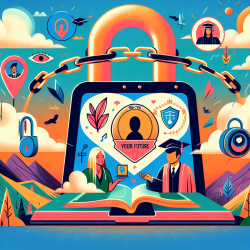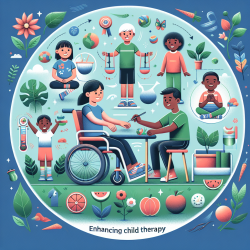Understanding the Impact of Remote Learning on Sleep and Mood in Adolescents
The COVID-19 pandemic necessitated a rapid transition from in-person to remote learning, significantly altering the daily routines of adolescents worldwide. A recent study titled "O030 Changes in sleep-wake patterns, circadian timing, and mood in Australian teens during the COVID-19 pandemic" provides valuable insights into how these changes affected sleep-wake patterns, circadian timing, and mood among Australian teens.
Key Findings from the Study
The study, conducted by researchers from Monash University and other prestigious institutions, utilized wrist-actigraphy and sleep diaries to measure sleep-wake timing in Year 7 students during both in-person and remote learning. The findings are noteworthy:
- During remote learning, students went to bed 26 minutes later and woke up 49 minutes later compared to in-person learning, resulting in an additional 22 minutes of sleep duration on school days.
- Despite the shift in sleep timing, the circadian timing, as measured by Dim Light Melatonin Onset (DLMO), did not differ significantly between the two learning conditions.
- Students reported lower levels of sleepiness and anxiety during remote learning, although depressive symptoms remained unchanged.
Implications for Practitioners
These findings suggest several implications for practitioners working with adolescents:
- Advocate for Flexible School Start Times: The study indicates that later school start times could extend sleep duration and improve mood symptoms in adolescents. Practitioners can advocate for policies that support flexible start times to enhance student well-being.
- Monitor Sleep Patterns: Regular monitoring of sleep patterns using tools like actigraphy can help identify students who may benefit from interventions aimed at improving sleep hygiene.
- Address Anxiety and Sleepiness: With evidence that remote learning reduces anxiety and sleepiness, practitioners can explore remote learning options or hybrid models to support students with anxiety-related challenges.
Encouraging Further Research
While this study provides critical insights, it also opens avenues for further research. Practitioners are encouraged to explore the following areas:
- Investigate the long-term impact of altered sleep patterns on academic performance and mental health.
- Examine the effects of remote learning on different age groups and across diverse cultural contexts.
- Explore interventions that can optimize sleep and mood outcomes in both remote and in-person learning environments.
Conclusion
The transition to remote learning during the COVID-19 pandemic has highlighted the significant impact of sleep and circadian rhythms on adolescent mood and well-being. By leveraging these insights, practitioners can better support students in achieving optimal educational and health outcomes. For a deeper understanding, practitioners are encouraged to read the full research paper.
To read the original research paper, please follow this link: O030 Changes in sleep-wake patterns, circadian timing, and mood in Australian teens during the COVID-19 pandemic.










